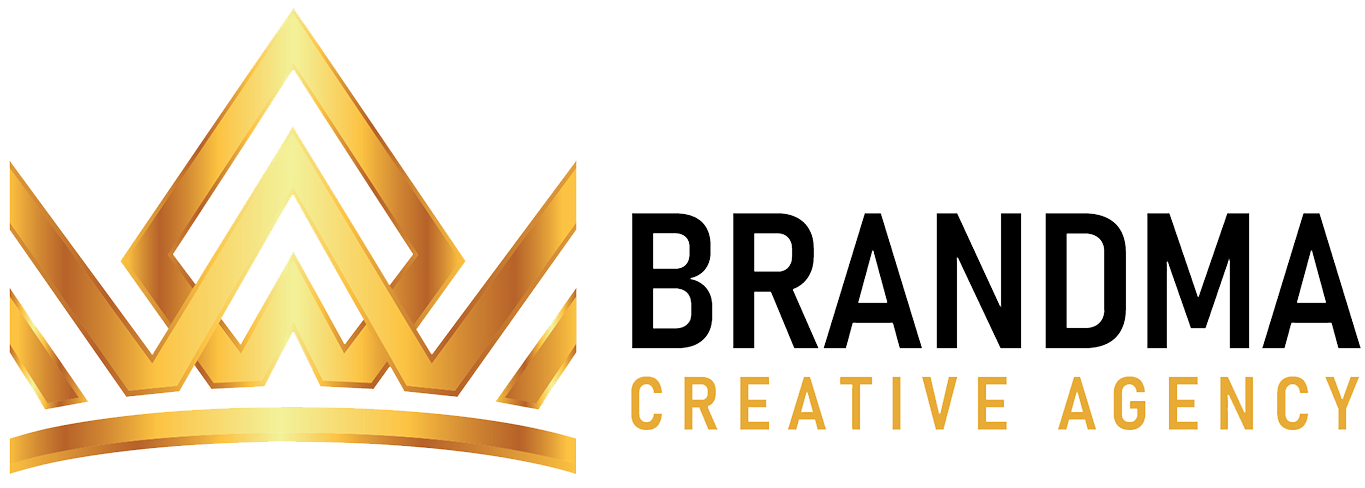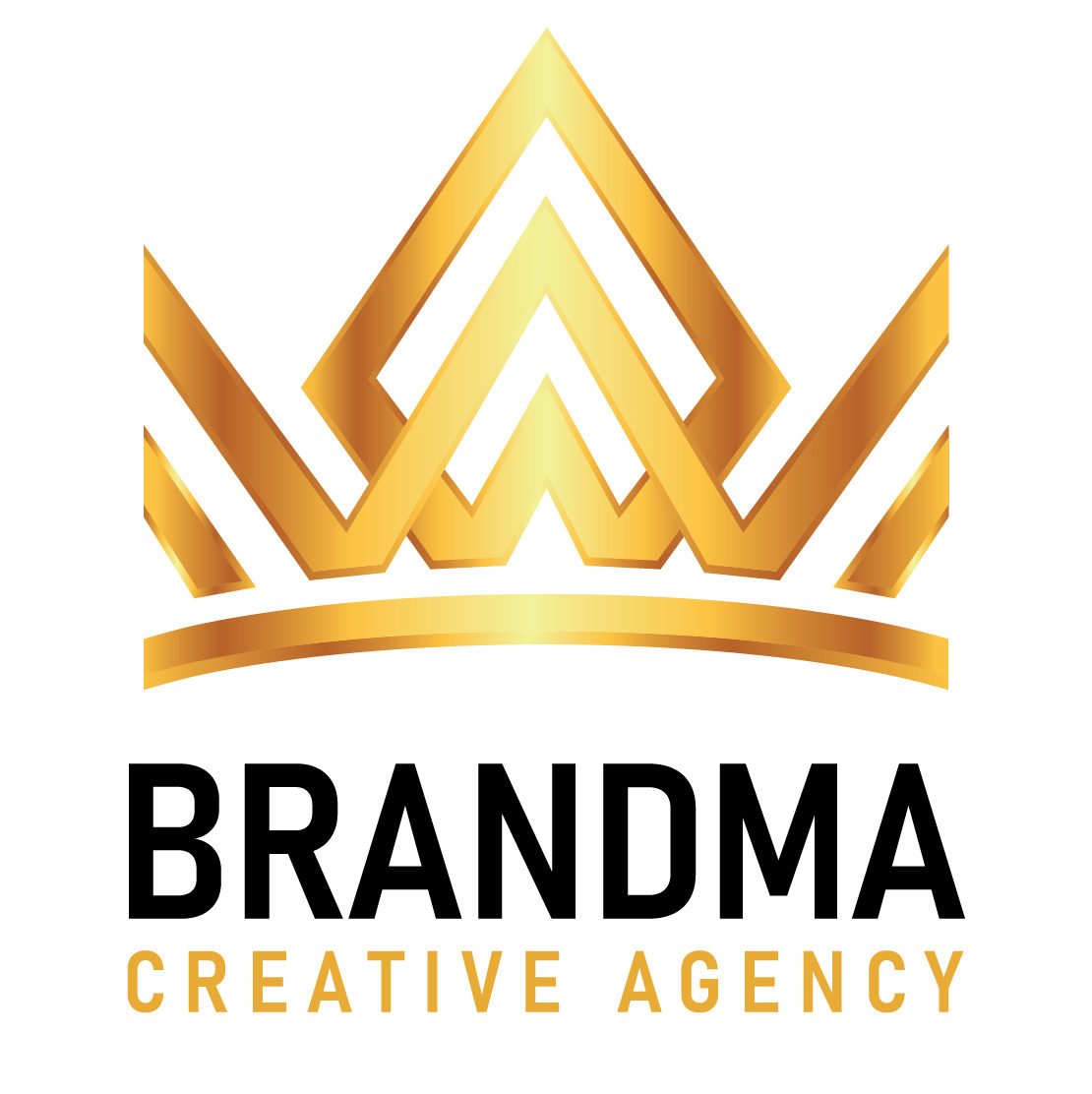Establishing a strong and recognisable brand is essential for success. A comprehensive branding kit ensures consistency across all marketing materials and communications, helping to build a cohesive and professional brand image. This article will delve into what a branding kit is, its critical components and how to create one that effectively represents your brand.
What is a Branding Kit?
A branding kit, also known as a brand kit or brand identity kit, is a collection of visual and design elements that represent a brand’s identity. It includes guidelines and assets that ensure consistency across all platforms and materials represented by the brand. The main purpose of a branding kit is to maintain a cohesive look and feel, making the brand easily recognizable and trustworthy.
Key Components of a Branding Kit
1. Logo
The logo is the cornerstone of any branding kit. It is the primary visual representation of the brand. A comprehensive branding kit includes:
– Primary Logo: The main logo design.
– Secondary Logo(s): Variations of the primary logo for different uses.
– Logo Mark: A simplified version of the logo, often used as an icon or favicon.
– Logo Guidelines: Instructions on using the logo, including minimum size, spacing and placement rules.
2. Colour Palette
Colours evoke emotions and convey the brand’s personality. A well-defined colour palette is crucial for brand recognition. The color palette should include:
– Primary Colors: The main colours that define the brand.
– Secondary Colors: Complementary colours that support the primary colours.
– Accent Colors: Used sparingly to highlight specific elements.
– Color Codes: Hex, RGB and CMYK codes for each colour to ensure consistency across digital and print materials.
3. Typography
Typography plays a significant role in communicating the brand’s voice and tone. A branding kit should specify:
– Primary Typeface: The main font used for headings and prominent text.
– Secondary Typeface: A complementary font used for body text and other content.
– Font Variations: Different weights (e.g., bold, italic) and styles.
– Usage Guidelines: Instructions on when and how to use each typeface.
4. Imagery
Imagery guidelines help ensure that all photos, illustrations and icons used by the brand are consistent and aligned with the brand’s identity. This includes:
– Style Guide: Preferred styles for images (e.g., colour scheme, composition).
– Sources: Approved sources for stock images or custom illustrations.
– Examples: Sample images that exemplify the desired look and feel.
5. Brand Voice and Tone
The brand’s voice and tone define how the brand communicates with its audience. This includes:
– Voice: The overall personality of the brand (e.g., formal, casual, friendly).
– Tone: Variations in the voice depending on the context (e.g., social media vs. corporate communications).
– Messaging Guidelines: Examples and rules for maintaining a consistent voice and tone across all communications.
6. Business Collateral
Business collateral includes everyday branded items used by the company. This can include:
– Business Cards: Design templates and guidelines.
– Letterheads and Envelopes: Branded stationery.
– Email Signatures: Standardized email signature formats for employees.
7. Marketing Materials
Marketing materials encompass all promotional content. The branding kit should provide:
– Brochures and Flyers: Design templates and usage guidelines.
– Posters and Banners: Specifications for large-format prints.
– Social Media Graphics: Templates and style guides for different platforms.
8. Website and Digital Presence
Consistency across digital platforms is essential. The branding kit should include:
– Website Design: Layout, navigation and user experience guidelines.
– Digital Assets: Icons, buttons and other web elements.
– Social Media Profiles: Guidelines for profile and cover photos, post designs and online interactions.
9. Brand Guidelines Document
The brand guidelines document is a comprehensive manual that consolidates all the elements of the branding kit. It serves as a reference for anyone involved in creating brand-related content. This document should include:
– Introduction: Overview of the brand’s mission, values and goals.
– Detailed Guidelines: In-depth instructions for each component of the branding kit.
– Examples and Use Cases: Practical examples illustrating correct and incorrect uses of the brand elements.
Creating Your Branding Kit
Creating a branding kit involves several steps, from defining your brand identity to designing the visual elements and compiling the guidelines.
1. Define Your Brand Identity
Start by clearly defining your brand’s mission, vision, values and target audience. Understand what makes your brand unique and how you want it to be perceived.
2. Design the Visual Elements
Work with a professional designer to create the visual components of your branding kit. This includes your logo, color palette, typography and imagery.
3. Develop the Guidelines
Write detailed guidelines for each element, ensuring that all potential use cases are covered. This will help maintain consistency across all materials.
4. Compile the Branding Kit
Assemble all the elements and guidelines into a cohesive document. Ensure it is easily accessible to everyone involved in creating brand-related content.
5. Distribute and Educate
Share the branding kit with your team and provide training on how to use it. Regularly update the kit as your brand evolves.
A well-crafted branding kit is essential for building a strong and consistent brand identity. By carefully designing and documenting your brand’s visual and communication elements, you can ensure that your brand is easily recognizable and trusted by your audience. Whether you are a startup or an established company, investing in a comprehensive branding kit is a crucial step towards long-term success.








